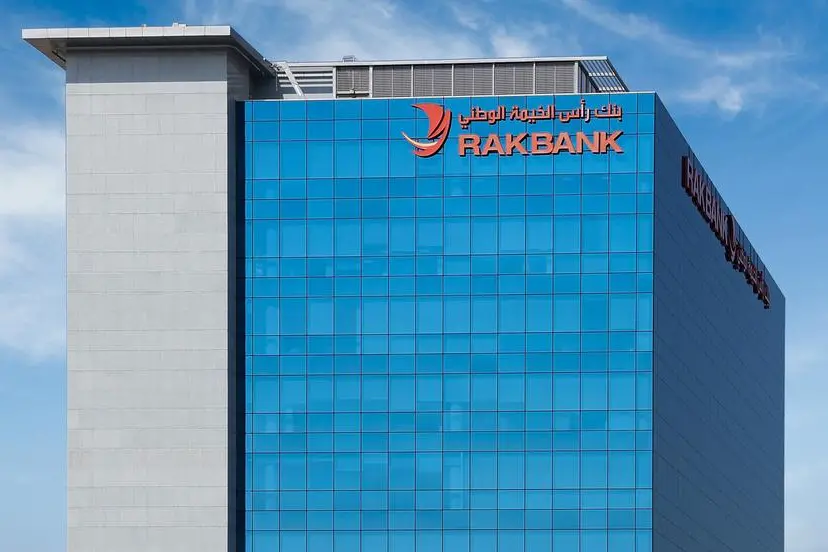In emerging markets where there is a dearth of suitable private partners to take on public-services projects, joint ownership can be a highly practical and logical short-term solution
Dubai, UAE, 14th September 2010: Public-private partnerships (PPPs) have helped many emerging-market countries modernize their highways and telephone networks and build new power plants. However, the PPPs that have been effective in building infrastructure have not translated well to projects involving public services, as most MENA countries still lack the necessary institutional capabilities for an effective outsourcing of public services to the private sector, Now, a new model of partnership is emerging that may transform how public-services projects are structured, according to a new report by Booz & Company.
"New joint ownership arrangements create new companies and introduce completely new services - those the government wants to provision in partnership with the private sector," said George Atalla, a partner at Booz & Company. The government and its private partners build the service from the ground up, sharing the benefits and risks in ways that work for both sides, without being burdened by the mistakes of the past.
How joint ownership works
In joint ownership, both the government and the private sector get a stake in a newly formed corporation. On the public side, the owners typically include the entities within government that will be consuming the service or that are mandated to provide the service to the general public. On the private side, the owners typically include the company or companies responsible for developing the service and providing startup capital. The services can be quite diverse and may include IT outsourcing, solid waste management, processing of electronic payments, or other public services where the private sector holds unique capabilities.
Each side has a unique contribution to make. The public sector contributes concession rights--meaning it awards a contract to the jointly owned company, giving it the right to be the sole provider of the service. The public sector also contributes regulatory support, clearing a path for the corporation to operate without interference. "The private sector contributes the technical and management know-how needed to launch a high-quality service, and a portion of the financing for the project. Jointly owned public-private partnerships then require solid governance through a board of directors and standing committees," explained Richard Shediac, a partner at Booz & Company.
Benefits of joint ownership
Jointly owned public-private partnerships offer three fundamental benefits. Foremost is the ability to leverage assets or resources that neither side would have on its own, in order to efficiently create a high-quality service offering. The second benefit of these partnerships has to do with risk sharing. In a company with both public and private ownership, risks are shared in a way that can increase the initiative's prospects of success. Risks that neither side can control directly are shared.
Finally, new companies jointly owned by the government and private sector offer straightforward exit strategies not available in most other types of public-private partnerships. If the company is prospering, the public partner can push for an initial public offering, giving it a way to cash out of its position. Or the public partner can sell all or part of its stake to a strategic investor. "This liquidity is useful because, in the long run, most governments won't want to be in the business of owning stakes in for-profit enterprises," noted Atalla.
Risks of joint ownership
The same structure that bestows benefits also creates some risks. The first risk is of monopoly, because if the government has granted concession rights, the new company may be the only player in the market. This may prevent a monopoly company from feeling any urgency about improving service quality and may prompt it to set monopoly pricing. To address these issues, service-level agreements should be established to determine the services to be provided and performance targets to be met, and a contractual agreement outlining what is reasonable for consumers to pay and what investment returns the company should earn, should be signed.
The second risk is that the joint ownership model creates a conflict of interest for the public partner. As a public service, the government would normally push to maintain low prices for its services, but as a stakeholder in the new company, it should be maximizing profits. Another is that as both an operator and a regulator of the service, the government may be less vigilant about regulating one of its own companies. This risk can be lessened by creating a separate entity within the government to monitor the performance of the company. The conflict of interest can also be addressed through a contractual pricing mechanism that adjusts for inflation and that seeks to keep the company's financial returns in an agreed-upon range.
The third risk relates to demand and revenue. "As the main consumer of a service, the public partner could conceivably delay the launch date or, during a time of internal budgetary pressures, reject price increases that might be required for the company to remain profitable," Shediac explained. Demand and revenue risk can be minimized if the government agrees to a minimum fixed payment regardless of actual volume levels.
Joint ownership in the MENA region
In recent years, Middle East and North Africa (MENA) countries have invested heavily in their transportation, telecommunications, and energy infrastructures. These infrastructure projects have tended to be fairly standard and therefore MENA governments have been able to turn to global companies outside the region to help them.
However, the region's governments have not been anywhere near as successful at using public-private partnerships to execute public-services projects. In most countries in the MENA region, the environment for such partnerships is unsophisticated and therefore few successful non-infrastructure outsourcing initiatives have taken place. In addition, private-sector companies in the MENA region generally don't have the required experience that would set them up to handle public-services projects. Plenty of problems exist on the government side too; many MENA countries have a level of political instability that could put a public project at risk, and some don't have judicial or legal frameworks that would protect a private company's rights in the event of a conflict with the government. Finally, few MENA governments have hired program managers or developed the human capital necessary to run outsourcing programs that rely on skills in procurement and project management.
The joint ownership model addresses many of these weaknesses. It could attract private-sector participants around the MENA region that want to cast their fortunes together with the government. After all, these aren't conventional government procurement deals--the private sector and the government are co-owners of a newly created company. "This is unique, and should make the private sector more confident of the government's commitment and of the degree of alignment likely to exist between the two sides," said Atalla.
With respect to the political and legal risks that can derail any new initiative, the private stakeholders could reasonably expect their government partner to be their advocate. In addition, with a big government project, the private sector knows it will have the time and opportunity to develop world-class skills in the field related to the project. This is a benefit to the public sector too: At the same time that it is addressing its own needs, it is helping its private sector advance along the capability curve.
Imperatives for success in joint ownership
Three factors determine success in a jointly owned public-private partnership. First, the government must select the right partner. This is not altogether different from the vendor selection process that occurs with any other big government transaction. It starts with the government sounding out the market, and ends, months later, with the government awarding the contract. Price is an important factor. However, governments should base their decision on the value they would receive rather than solely on price. The second success enabler is to have a well-thought-out implementation plan. Clearly, the master project plan that lays out the development of a jointly owned public-private partnership from inception to service launch has to capture an enormous amount of complexity.
The third success enabler is effective communication with key stakeholders. The government entity can set up a program management unit (PMU) to assume the burden of this imperative. The success of the partnership also depends on the environment that the public entity has created. "In particular, these partnerships have the best chance of thriving in countries that have a legal framework that enables partnerships rather than discouraging them, a structure in place to provide good governance for their partnership efforts, and some internal project management expertise," commented Shediac.
A short term solution
These partnerships should be seen as short-term commitments. Governments, after all, should not be owners of individual companies; their economic role should be to set policies and enforce regulations that enable competitive markets. If these governments hold on to their ownership stakes for too long, it increases the likelihood of conflicts of interest, and casts doubt on their commitment to free market dynamics. That could undermine the primary goals of these partnerships.
Three conditions must be met before the public partner can spin off its stake. First, the government needs to ensure that the private-sector partner has developed the required scale and capabilities to handle the risks previously carried by the public partner. Second, there needs to be a stable policy environment with clear laws and regulations to smooth the way for the private-sector partner to operate independently. Third, the public partner needs to be able to realize a gain on its investment, whether through an IPO or through sale to a strategic partner.
Conclusion
In emerging markets where there is a dearth of suitable private partners to take on public-services projects, joint ownership can be expedient. "A set of services that might otherwise require years to introduce can be brought out relatively quickly. However, joint ownership should always be regarded as a temporary solution, never as a permanent one," noted Atalla. Almost from the beginning, the government should be thinking about how it will exit its ownership position and leave the company in private hands.
In the long term, what any government partner should be doing is figuring out what fixes are required in its legal, regulatory, and institutional frameworks so that its private sector can launch public-services projects without such a high level of government involvement. This is the true sign of success--when the government doesn't need to offer itself up as an owner in order to spur private-sector participation. Until that happens, joint ownership will remain as a possible strategy for the short term.
-Ends-
About Booz & Company
Booz & Company is a leading global management consulting firm, helping the world's top businesses, government ministries, and organisations.
Our founder, Edwin Booz, defined the profession when he established the first management consulting firm in 1914.
Today, with more than 3,300 people in 60 offices around the world, we bring foresight and knowledge, deep functional expertise, and a practical approach to building capabilities and delivering real impact. We work closely with our clients to create and deliver essential advantage.
For our management magazine strategy+business visit www.strategy-business.com.
For the Ideation Center, Booz & Company's leading think tank in the Middle East, visit www.ideationcenter.com
Visit www.booz.com and www.booz.com/me to learn more about Booz & Company
For media inquiries, please contact:
Tariq Zuroub
MS&L
Tel: +971 4 367 6162
Fax: 971 4 367 2615
Email: tariq.zuroub@dubai.mslpr.com
© Press Release 2010


















